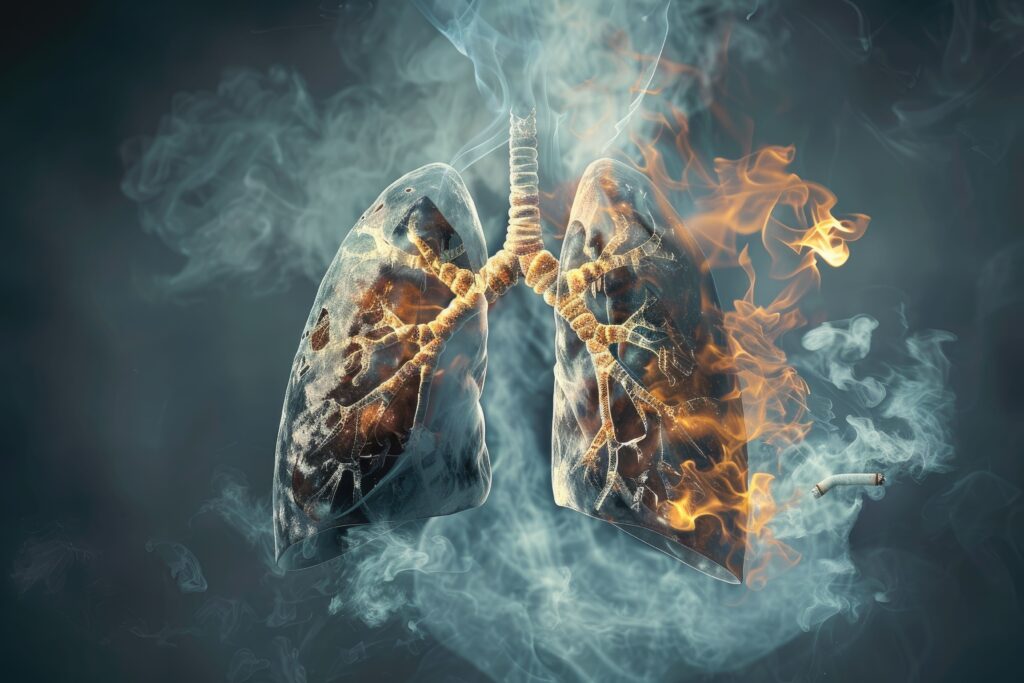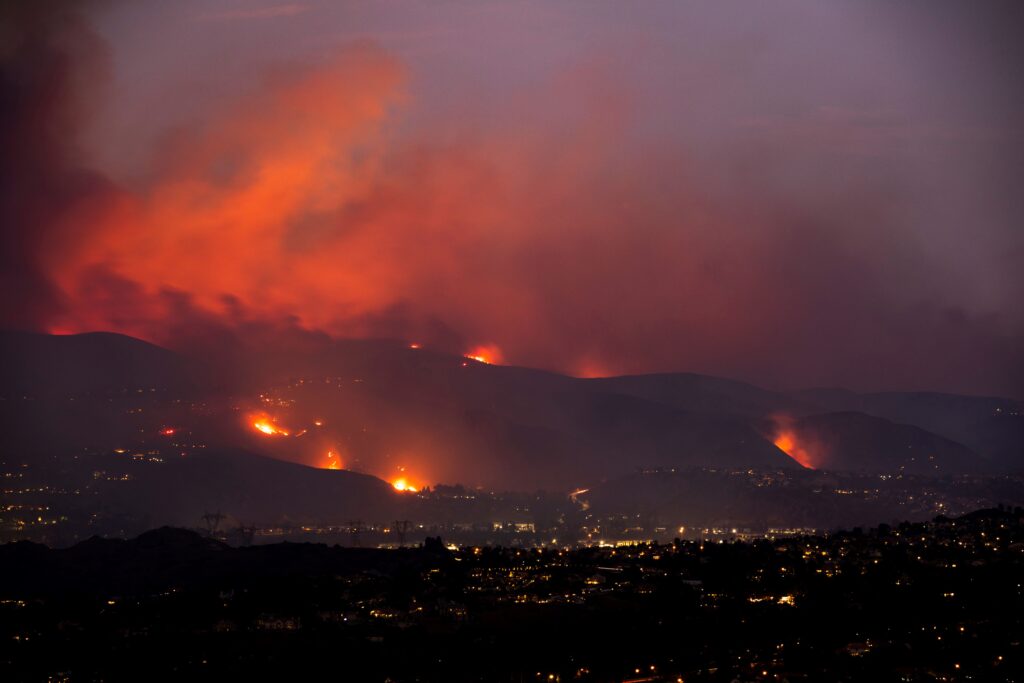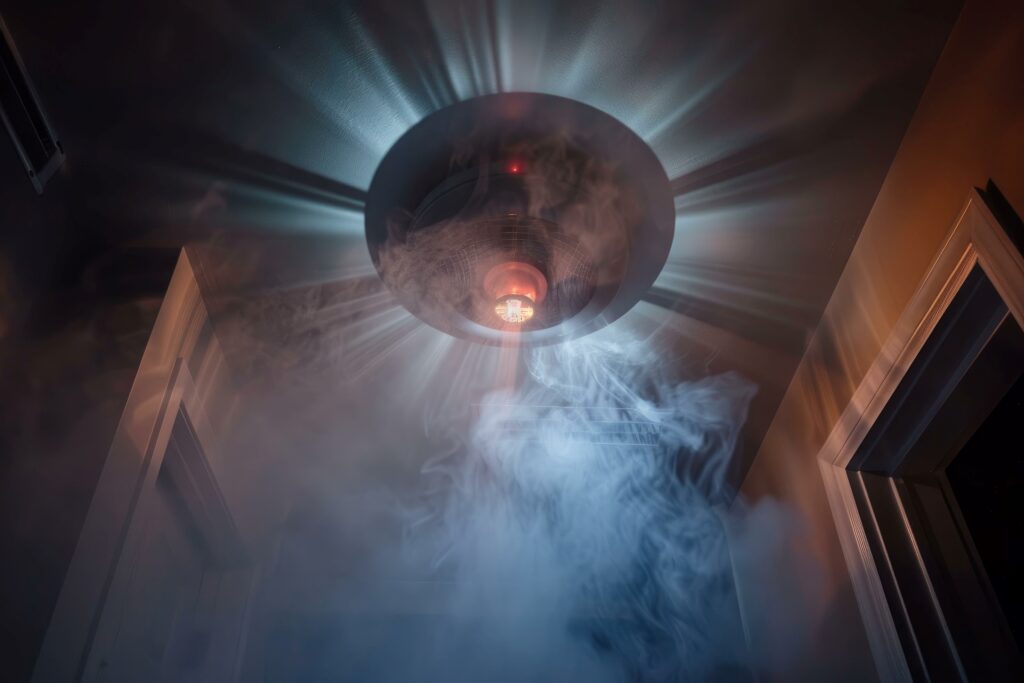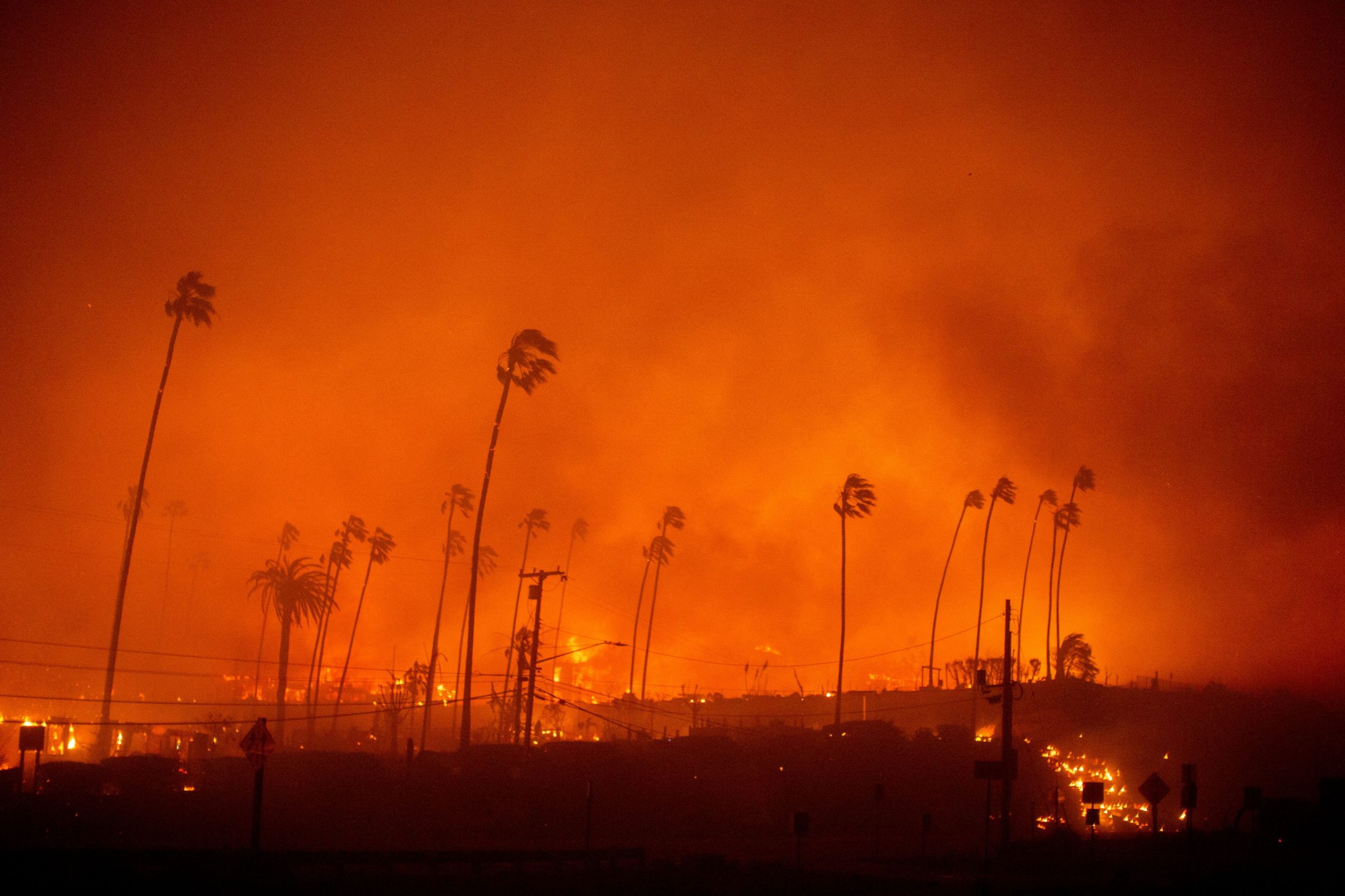It is heartbreaking to watch the Los Angeles fires unfold, bringing devastating destruction to the landscape and communities. These fires not only ravage the landscape but also pose significant health risks due to the pollutants they release into the air. Among the most concerning of these pollutants are ultrafine particulates (UFPs) and soot. These microscopic invaders infiltrate homes and businesses, silently compromising indoor air quality (IAQ) and endangering health.
Understanding how soot from wildfires impacts indoor air quality is crucial for residents and property owners. With proper awareness and tools, you can take proactive steps to ensure your indoor environment remains safe. IndoorDoctor offers an innovative on-demand soot testing solution to help you determine if your indoor spaces are compromised. Here, we’ll explore the science behind soot, its health impacts, and how testing with IndoorDoctor can provide peace of mind.
What Is Soot and How Does It Enter Your Home?

Soot is a fine, black powder made primarily of carbon particles. It forms when organic matter burns incompletely, such as during a wildfire. Wildfires in Los Angeles generate vast quantities of soot and other airborne pollutants, which can travel miles away from the fire’s origin. This means even if you’re far from the flames, your indoor air quality could still be compromised.
Soot particles are especially concerning because of their size. Many soot particles are classified as ultrafine particulates, measuring less than 0.1 micrometers in diameter. For perspective, these particles are smaller than the width of a human hair, making them virtually invisible and easily inhaled. Soot can infiltrate indoor environments through:
- Windows and Doors: Even when closed, tiny gaps allow particles to enter.
- HVAC Systems: Heating, ventilation, and air conditioning systems can draw in outdoor air laden with soot.
- Clothing and Shoes: People unknowingly carry soot indoors on their clothing, shoes, and belongings.
- Cracks in Walls or Foundations: Older buildings are particularly susceptible to infiltration.
Health Impacts of Soot and Ultrafine Particulates
The health risks associated with soot and ultrafine particulates are well-documented. Due to their microscopic size, these particles bypass the body’s natural defenses, penetrating deep into the respiratory system and even entering the bloodstream. Once inside, they can trigger a host of health problems:
1. Respiratory Issues
Inhalation of soot particles can cause immediate irritation to the throat, lungs, and nasal passages. Prolonged exposure may lead to chronic respiratory conditions such as asthma, bronchitis, and reduced lung function.
2. Cardiovascular Problems
Studies have linked ultrafine particulates to heart disease and other cardiovascular issues. These particles can enter the bloodstream, causing inflammation and oxidative stress that contribute to heart attacks and strokes.
3. Neurological Effects
Emerging research suggests that ultrafine particulates can cross the blood-brain barrier, potentially contributing to neurological disorders such as Alzheimer’s and Parkinson’s disease.
4. Worsening Allergies and Asthma
Soot can exacerbate pre-existing conditions like asthma and allergies, triggering more frequent and severe attacks.
5. Increased Cancer Risk
Soot contains polycyclic aromatic hydrocarbons (PAHs), known carcinogens that can increase the risk of developing cancer with long-term exposure.
How Los Angeles Wildfires Amplify Indoor Air Quality Problems

Wildfires like those in Los Angeles generate not only soot but also a complex mixture of gases and fine particles. The sheer intensity and duration of these fires exacerbate the problem by releasing pollutants in enormous quantities over extended periods. Here are some key factors contributing to the worsening indoor air quality during wildfire events:
- Prolonged Exposure: Frequent wildfires result in sustained exposure to harmful particulates, giving them more time to infiltrate indoor environments.
- Wind Patterns: Santa Ana winds common in Southern California can carry soot particles over vast distances, spreading contamination to areas far removed from the fire’s location.
- Dense Urban Areas: The combination of wildfire pollutants with urban smog creates a dangerous cocktail of air contaminants.
Signs That Your Home May Be Contaminated by Soot
Identifying soot contamination in your home isn’t always straightforward. However, there are some common signs to watch for:
- Visible Dust or Black Residue: Look for unusual dark deposits on walls, ceilings, or furniture.
- Lingering Odors: A persistent smoky or burnt smell may indicate soot presence.
- Respiratory Symptoms: Increased coughing, sneezing, or difficulty breathing among household members could point to poor indoor air quality.
- Discoloration on HVAC Filters: Check your HVAC filters for black or gray residue, a potential indicator of soot infiltration.
How IndoorDoctor Can Help: On-Demand Soot Testing
If you suspect that soot has compromised your indoor environment, testing is essential. IndoorDoctor offers an on-demand soot testing package that provides a comprehensive analysis of your home or business. This service helps you determine whether soot is present at unsafe levels and identifies areas that require immediate attention.
Why Choose IndoorDoctor for Soot Testing?
- Accurate Testing: IndoorDoctor’s soot testing package uses advanced methods to detect soot particles in air and on surfaces, ensuring precise results.
- Comprehensive Analysis: The testing includes a thorough evaluation of your property’s indoor air quality, providing actionable insights.
- Convenience: The virtual testing package is easy to use and designed for on-demand access, making it a hassle-free solution.
- Peace of Mind: Armed with detailed testing results, you can make informed decisions about mitigation and restoration efforts.
To learn more about the IndoorDoctor soot testing package, visit https://www.indoordoctor.com/product/soot-virtual-testing-package/.
Steps to Protect Your Indoor Air Quality During Wildfire Season

While testing is a critical first step, prevention and mitigation are equally important. Here are practical tips to safeguard your indoor air quality:
- Seal Your Home: Ensure windows, doors, and vents are tightly sealed to prevent soot infiltration.
- Upgrade HVAC Filters: Use high-efficiency particulate air (HEPA) filters capable of trapping ultrafine particles.
- Invest in Air Purifiers: Consider portable air purifiers with HEPA filters to clean the air in specific rooms.
- Regular Cleaning: Use damp cloths to wipe surfaces and vacuum with HEPA-equipped vacuums to reduce soot buildup.
- Limit Outdoor Air Exchange: Refrain from opening windows or using ventilation systems that pull in outdoor air during wildfire events.
- Professional Cleaning: If soot contamination is severe, hire a professional cleaning service specializing in post-fire restoration.
Conclusion: Take Control of Your Indoor Air Quality
Soot and ultrafine particulates from Los Angeles wildfires pose a significant threat to indoor air quality and overall health. By understanding the risks and taking proactive steps, you can protect your home and loved ones. IndoorDoctor’s on-demand soot testing is a valuable tool to assess the safety of your indoor environment and ensure peace of mind during wildfire season.
Don’t let invisible threats compromise your health. Take the first step today by exploring IndoorDoctor’s soot testing solutions. Visit https://www.indoordoctor.com/product/soot-virtual-testing-package/ to learn more and safeguard your home against the hidden dangers of soot.
References
- U.S. Environmental Protection Agency (EPA). “Health and Environmental Effects of Particulate Matter (PM).”
- American Lung Association. “How Wildfires Affect Lung Health.”
- California Air Resources Board (CARB). “Wildfire Smoke and Health.”
- National Institutes of Health (NIH). “Ultrafine Particles: Characteristics and Health Impacts.”
- World Health Organization (WHO). “Air Pollution and Health.”




